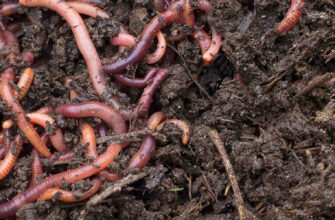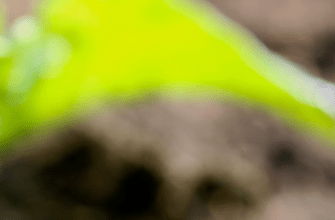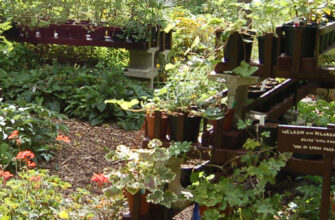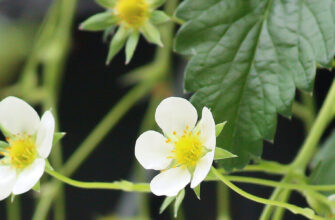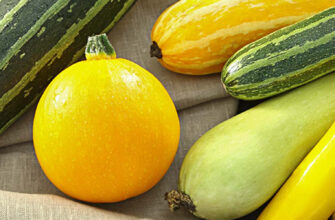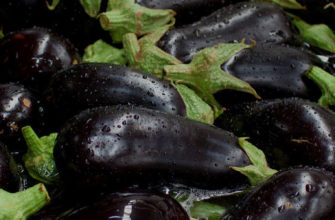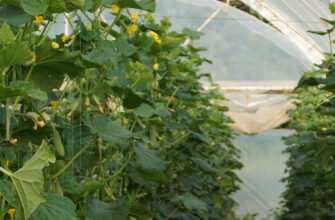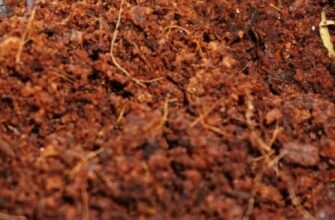Popcorn (Zea mays L. var. Everta) is a unique type of corn whose kernels burst when heated, creating a light and tasty snack known as popcorn. This crop is perfect for preparing popcorn at home on a stovetop or in a microwave, as well as for growing in your garden. This article reveals the secrets of growing popcorn, caring for it, storing the harvest, and offers recipes and interesting facts in the context of organic farming.
Growing Conditions for Popcorn
Popcorn is the most demanding type of corn, as high-quality “popping” (95–98% of kernels) requires grains with a high protein content. Successful popcorn cultivation depends on several factors:
- Temperature: High temperatures (+20 to +25°C) are needed from germination to flowering, with a decrease in temperature afterward. Plan to sow popcorn in late May to early June.
- Moisture: Regular watering, especially during tasseling, is critical for popcorn care.
- Lighting: Sunny areas without shade ensure optimal growth.
- Soil: Fertile, moist soil with a pH of 5.8–7.0, rich in nutrients.
Site Selection and Crop Rotation
Site for sowing popcorn: Choose sunny locations with well-drained soil. Light sandy soils are not recommended due to the slow development of the corn’s root system in early stages.
Isolation: For quality self-pollination, popcorn should be grown in blocks (at least 4 rows) at a distance of 300–500 meters from sweet corn or other corn varieties to avoid cross-pollination. In small plots, sow different types at different times to prevent overlapping flowering periods.
Crop rotation predecessors:
- Recommended: Cereals, legumes, buckwheat, melons, vegetables, potatoes.
- Not recommended: Sunflowers, sugar beets, other corn varieties, millet (due to the risk of spreading common diseases and pests, complicating popcorn care).
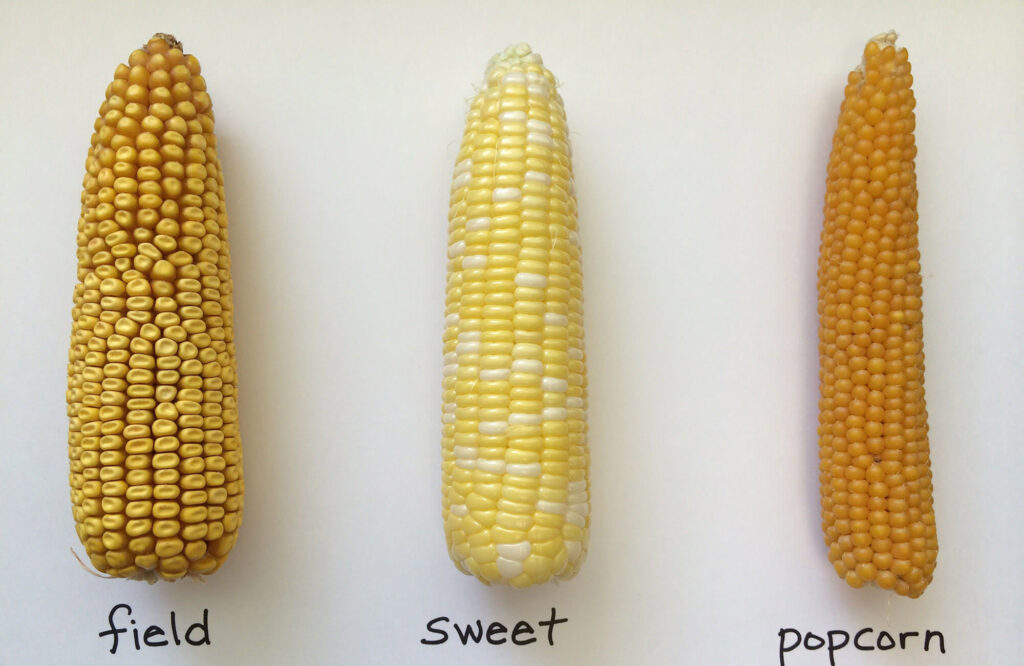
Soil Preparation for Popcorn
Soil preparation for growing popcorn is similar to that for feed corn:
Spring: Early spring harrowing to retain moisture, followed by 2–3 cultivations before sowing popcorn to remove weeds and create a loose soil structure.
Fall: Deep plowing (25–30 cm) using a tiller or deep ripper to eliminate weeds and improve soil aeration.
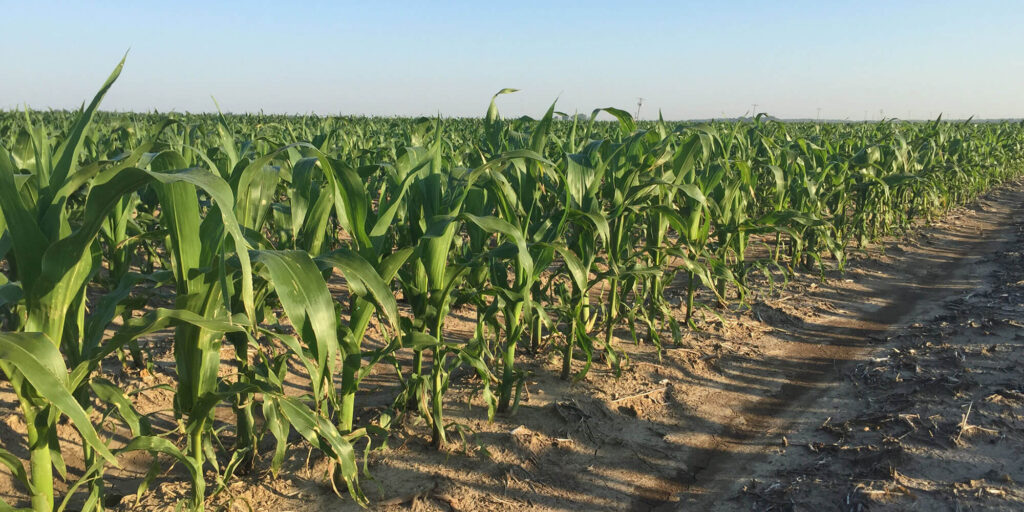
Fertilizing Popcorn
Popcorn requires nutrients, especially in early growth stages, to form high-quality kernels:
- Organic fertilizers for popcorn: In fall, apply compost or manure (4–5 t/ha) to align with organic farming principles.
- Mineral fertilizers for popcorn (per 100 m² at sowing):
- Ammophos: 1 kg.
- Potassium nitrate: 1 kg (for poor soils).
- Urea: 1 kg.
- Nitroammophoska: 2–3 kg.
- With drip irrigation: Apply water-soluble fertilizers for popcorn (20-20-20) in small doses (0.15–0.20 kg/100 m²) with each watering.
- Foliar feeding: In the 3–4 leaf stage and before tasseling, use fertilizers for popcorn such as Amino Vix, Megafol, Biocholate Corn, Microfol Combi, or Avangard Corn.
- Note: Exact fertilizer rates depend on soil analysis and planned yield.
Sowing Popcorn
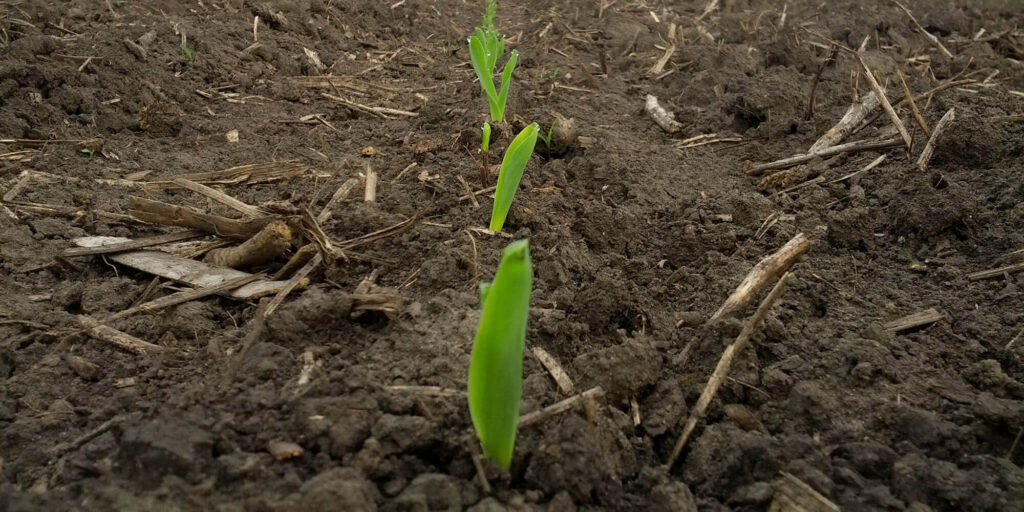
- Temperature for sowing popcorn: Minimum +10 to +12°C, optimal +14 to +15°C.
- Sowing density for popcorn:
- With irrigation: 80–110 thousand plants/ha (800–1100 plants/100 m²).
- Without irrigation: 50–60 thousand plants/ha (500–600 plants/100 m²).
- Sowing pattern for popcorn: 70 cm between rows, 14–18 cm between plants (with irrigation) or 25–30 cm (without irrigation). Sowing depth: 2.5–5 cm.
- Mulching: After sowing popcorn, water thoroughly and mulch with straw to retain moisture, a key aspect of popcorn care.
- Popular popcorn varieties: ‘Butterfly’ (fluffy kernels), ‘Mushroom’ (round kernels, ideal for caramel), ‘Strawberry’ (red kernels).
Watering Popcorn
Popcorn is sensitive to moisture deficiency, especially during tasseling, which can significantly reduce the yield of popcorn. Drip irrigation is the best choice, as it moistens the root zone while avoiding watering between rows, preventing weed growth. Water 2–3 times per week, daily in hot weather. Stop watering when the popcorn kernels fully mature.
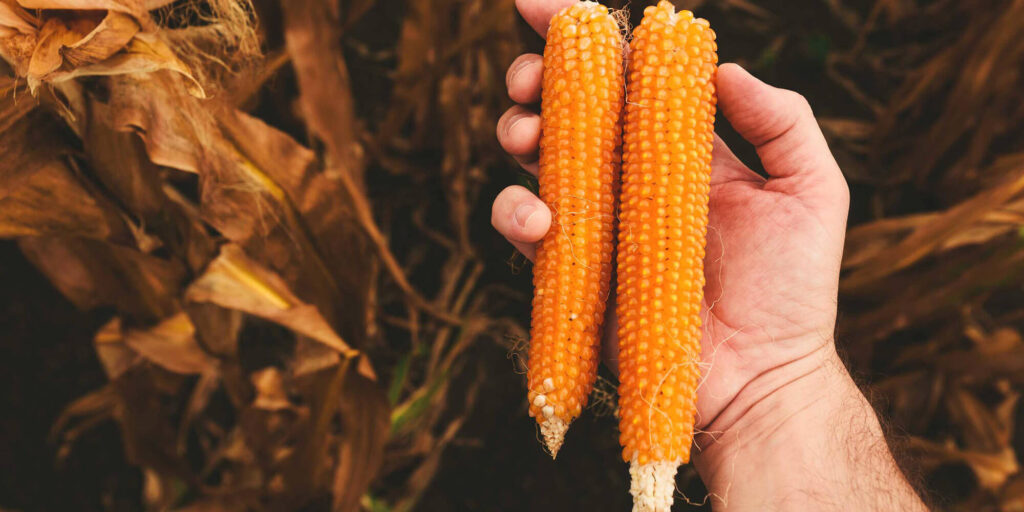
Caring for Popcorn Crops
Cultivation: Conduct 3 inter-row cultivations: the first at a depth of 12 cm, subsequent ones at 8–10 cm, to loosen soil and eliminate weeds.
Weed control: Popcorn competes with weeds for nutrients, light, and moisture, making timely weed removal essential for popcorn care. Use mulching (straw, cut grass, sawdust, 7–10 cm layer) or frequent shallow tillage. Use herbicides permitted in your country. For organic farming, prefer mechanical cultivation or mulching.
Pests:
Corn borer: Regularly check cobs and remove larvae manually. In industrial settings, use insecticides permitted in your country.
Birds (crows): Install a scarecrow to deter them.
Diseases: Smut and rust are common in popcorn. For prevention, follow crop rotation, grow resistant popcorn varieties, remove weeds, and use EU-approved biopesticides (Bacillus subtilis or Trichoderma).
Harvesting and Storing Popcorn
- Harvesting popcorn: Harvest cobs after they fully dry on the plant, when kernels become hard and glassy. Avoid harvesting in wet weather to prevent spoilage. If cobs are damp, dry them in a dry, well-ventilated area.
- Kernel moisture: Optimal for popcorn is 13–14%. Test by heating: fluffy popcorn indicates readiness, while hard popcorn suggests excess moisture.
- Storing popcorn: Remove dry leaves, store cobs in mesh bags or shelled kernels in airtight containers in a warm, well-ventilated place. Store popcorn seeds for sowing at +5 to +10°C in airtight containers (shelf life: 5–7 years).
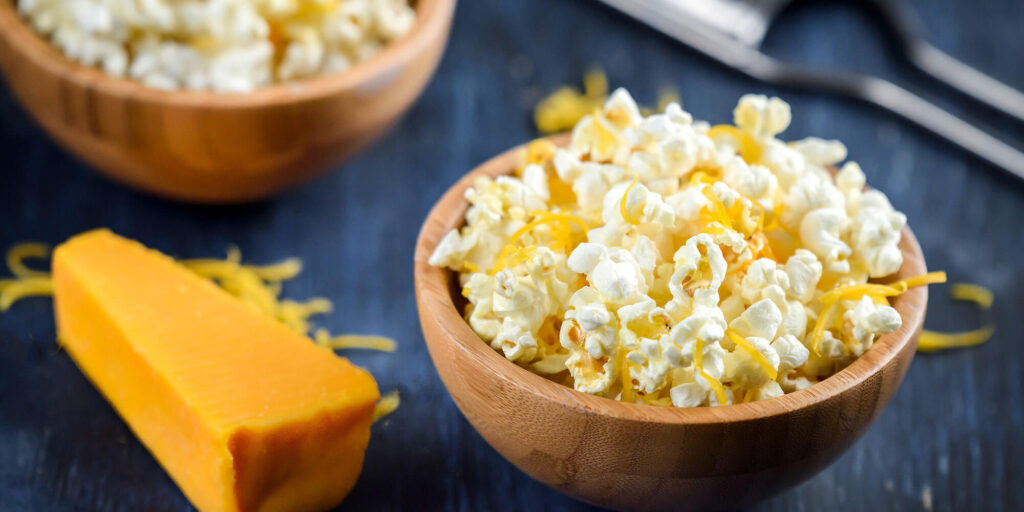
Culinary Uses of Popcorn
Popcorn holds an important place in cuisines worldwide:
- Ukraine: Cornmeal is used to prepare banosh in the Carpathians (with bryndza and sour cream) and mamalyga in Polissia (with mushrooms or meat). Popcorn is also a popular healthy snack.
- USA: Popcorn with butter or caramel is an iconic movie snack.
- Eastern Europe: In countries like Romania or Hungary, cornmeal is used for dishes similar to mamalyga, often with cheese or cracklings.
Popcorn Recipes
- Ukrainian Banosh:
- Ingredients: 200 g cornmeal, 500 ml sour cream, 100 g bryndza, salt.
- Preparation: Cook cornmeal in sour cream until thick, add salt, and sprinkle with grated bryndza. Serve hot as a traditional Ukrainian dish.
- Caramel Popcorn:
- Ingredients: 100 g popcorn kernels, 100 g sugar, 50 g butter, a pinch of salt.
- Preparation: Prepare popcorn, melt sugar with butter to make caramel, mix with popcorn, sprinkle with salt, and let cool.
Interesting Facts about Popcorn
- Popcorn kernels expand 3–4 times when heated due to a hard shell and moist core, creating pressure that makes popcorn a unique snack.
- Popcorn was known in pre-Columbian America and served at the first Thanksgiving in the USA, brought by the brother of Chief Massasoit in a deerskin sack.
- In Mexico, the birthplace of corn, popcorn was prepared as early as 3600 BCE using hot stones.
- One liter of popcorn contains only 100 calories, making it a diet-friendly snack popular in Eastern Europe and worldwide.
Allergens
Popcorn rarely causes allergies, but sensitivity to corn protein (notably zein) is possible in some individuals. Allergen code: Zea m 14. Symptoms may include skin rashes, digestive issues, or respiratory problems, especially from inhaling corn pollen during flowering. People with allergies to cereals should exercise caution.
Have you grown popcorn in your garden? Share your experience in the comments! Subscribe to our blog for more tips on growing popcorn, vegetables, fruits, and herbs, and share this article with your friends!
If you have found a spelling error, please, notify us by selecting that text and pressing Ctrl+Enter.

